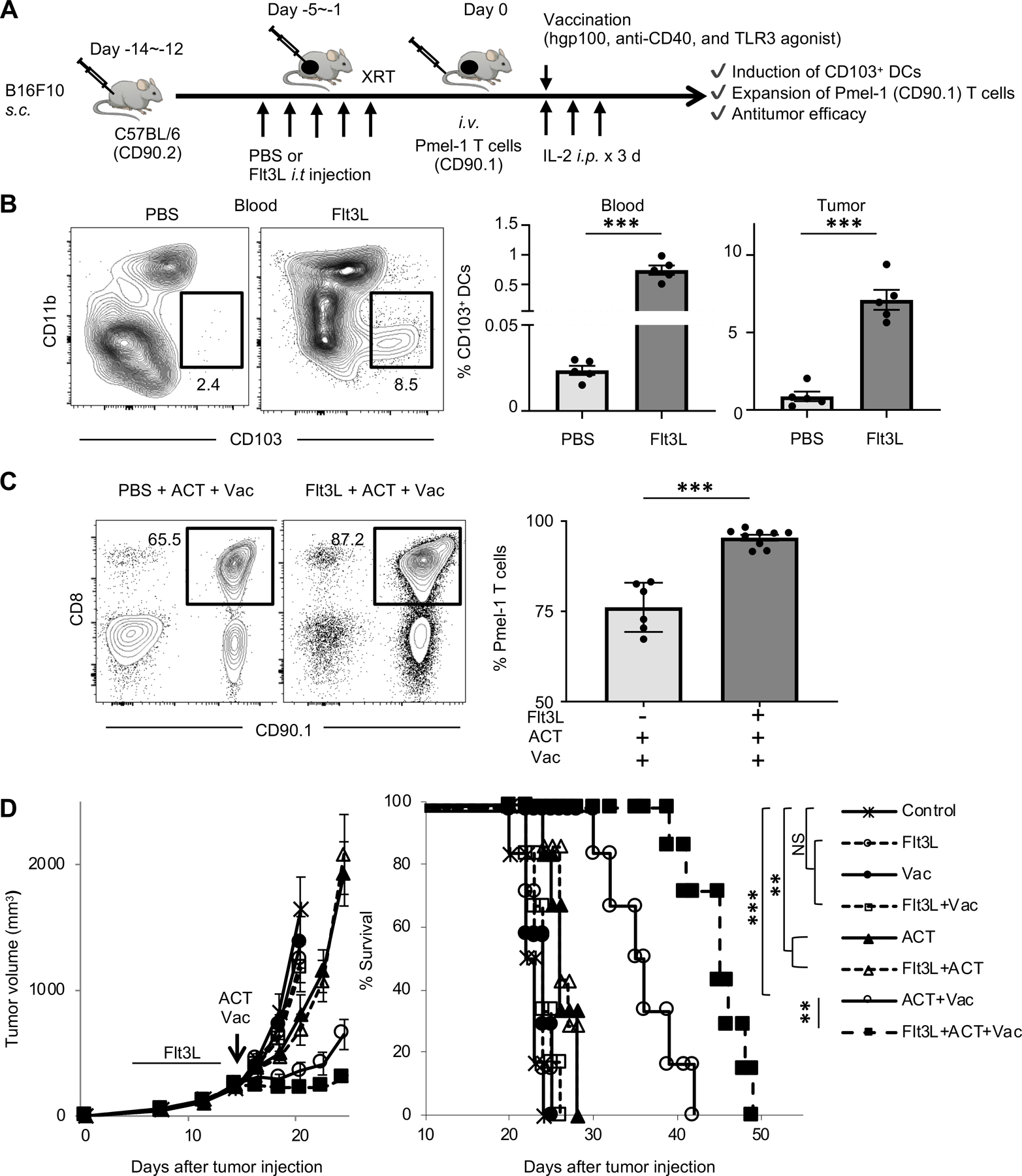FIGURE 6. Induction and activation of Batf3-dependent CD103+ DCs enhance expansion of Pmel-1 T cells, and improve antitumor efficacy of ACT.

(A) Experimental scheme of ACT with vaccination (Vac) followed by Flt3L injection. Vac with hgp100 peptide, agonistic anti-CD40 Ab, and poly(I:C) (TLR3 agonist) were given peritumorally.
(B) Representative flow-cytometric plots showing CD103 and CD11b expression on dendritic cells (DCs: CD45+ Ly6C− MHC class II+ CD24+ CD11c+); numbers denote percent CD103+ CD11b− cells (CD103+ DCs). Data panels show frequency of CD103+ DCs among total CD45+ cells in peripheral blood (left) and tumors (right) of B16 tumor-bearing C57BL/6 mice treated with PBS or Flt3L (n = 5 mice per group) at one day after the last PBS or Flt3L injection. ***P <0.001 by unpaired two-tailed t-test.
(C) Frequency of infused Pmel-1 T cells (CD8+ CD90.1+) among total CD45+ cells in peripheral blood of B16 tumor-bearing mice in different treatment groups as indicated. Representative flow-cytometric plots gated with CD45+ population; numbers denote percent CD90.1+ CD8+ cells (Pmel-1 T cells) (n = 6–9 mice per group). ***P <0.001 by unpaired two-tailed t-test. Mice were irradiated (500 cGy) before ACT.
(D) Tumor growth and survival curves in B16 tumor-bearing C57BL/6 mice in different treatment groups as indicated (n = 7–9 mice per group). IL-2 was administrated to all groups. Vac with hgp100 peptide, agonistic anti-CD40 Ab, and/or poly(I:C) (TLR3 agonist) were given peritumorally on the day of ACT. **P < 0.01 using log-rank (Mantel-Cox) test. Data shown are representative of two independent experiments.
Values are mean ± SEM.
